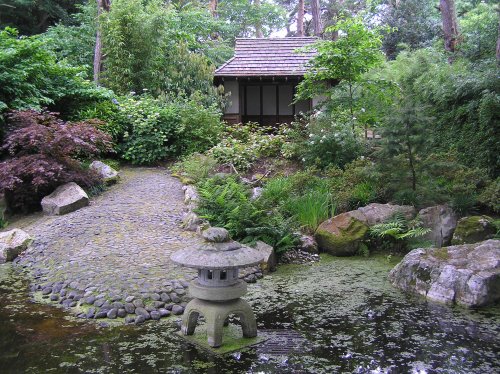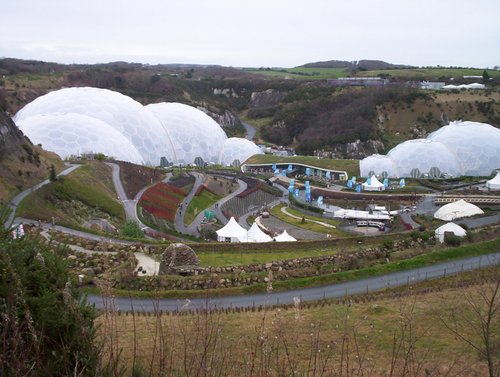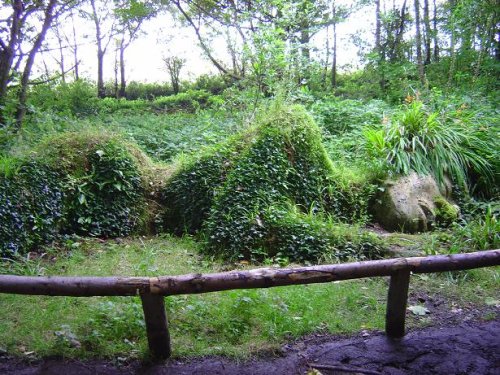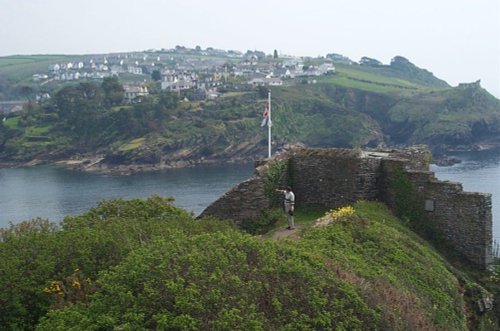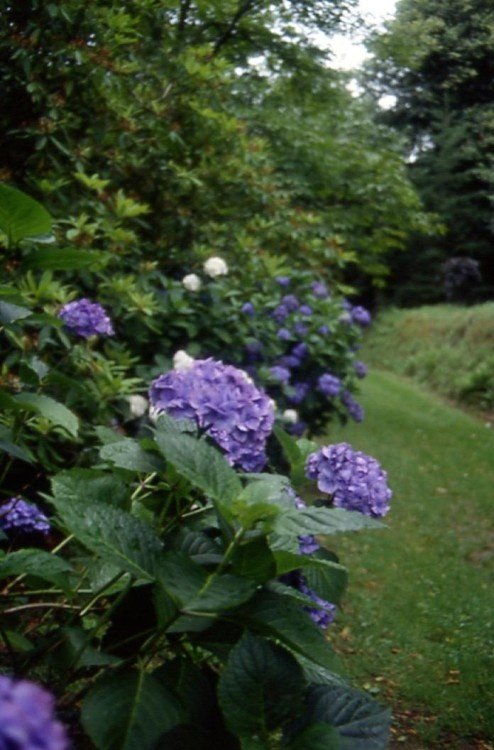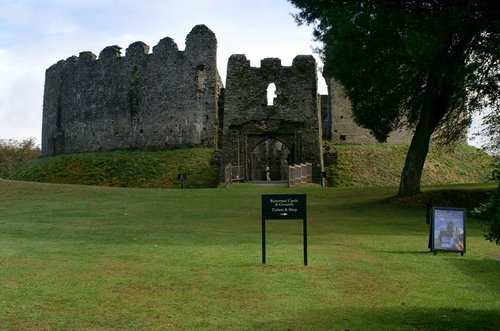Pictures of St Austell
About St Austell
One of the blessings of St. Austell, is its parish church, a glorious structure that has a beautiful carved 15th-century tower built of local yellow stone. The tower has deeply carved niches inset with stone figures, it is an inspiring sight. The interior of the church is a source of fascination with many treasures and reminders of its ancient past.
China clay is extracted and worked in this area and the white 'heaps' to be seen on the fringe of the town are naught but spoil-heaps of quartz and sand from the quarries. The clay is chiefly used for the making of porcelain and is shipped world-wide. On the site of an old clay works from the 19th-century is a museum that tells of the history of the industry. The site has been restored to it's original state and of the equipment on view is an 18ft water-wheel. It is well worth visiting for much of the history of St.Austell lies in its clay industry.
As you would imagine, the town stands on a steep slope and with a fine network of narrow streets and interesting passage-ways along which ancient houses and cottages cling together, it is easy to see why tales of smuggling abound throughout the area. It is said that booty from shipwrecks was carried down the narrow streets and quickly passed from one cottage to another.
The Town and Market Hall is an italianate granite building which dates 1844. Other interesting features in the town include the Market House of 1791, The White Hart Hotel which dates 18th-century and the Megagew Stone in Fore Street, and the Menacuddle Holy Well. The former Quaker Meeting House was built in 1829.
In historic terms the town of St.Austell was not noted until the mid-12th-century and in the middle ages was known to have a population of only a few hundred. To-day, is vastly different, St.Austell is a lively place which all during the year, especially the summer months, is thronged with visitors from England and beyond. They come to experience the delights of the town and for the beautiful bay which takes its name from the town. It is an area of sandy bays, cliffs and tiny hamlets. The beaches offer soft sand on which to relax and soak up the sun. A receeding tide reveals little rock pools where children search for crabs and shells. It is all so very pleasant and when you tire of the beach there are many places to explore. The Eden Project is close-by, so too is the Wheal Martyn Heritage centre, and The Lost Gardens of Heligan to name but a few attractions in this famous region. Best of all though, is the locally caught fresh fish and sea-food to be found in nearly all the pubs and inns along the coast - a rare treat and not to be missed.

